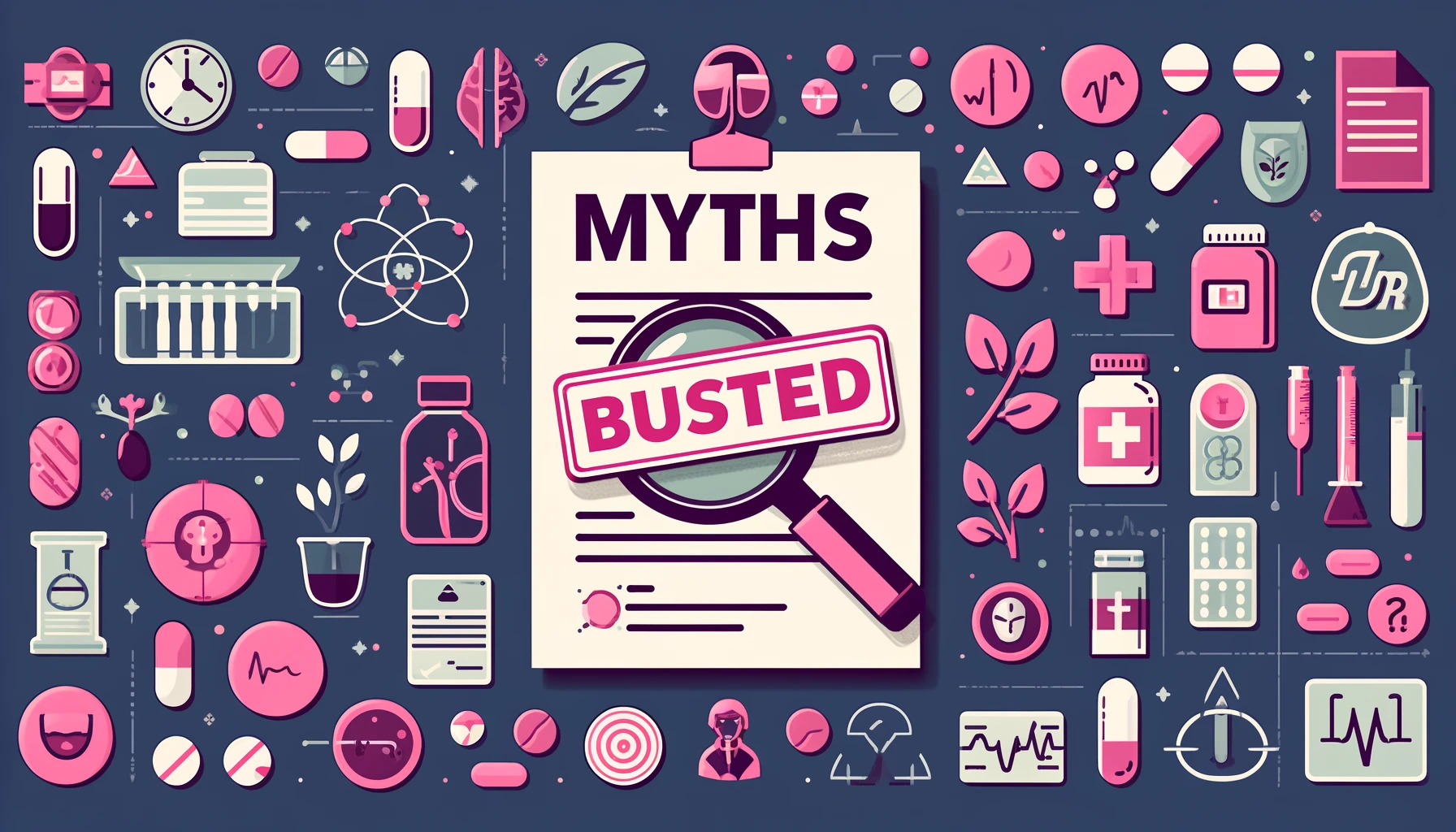Sexually transmitted infections (STIs) are spread predominantly by unprotected sexual contact. Some STIs can also be transmitted during pregnancy, childbirth, breastfeeding and through infected blood or blood products. STIs have a profound impact on health.
Without much ado, here are the five most common STIs;
Syphilis, the sailor
Syphilis was once associated with lusty sailors hitting shore for some love after months at sea. But today, it is widespread all over the world.
The first signs that you might have Syphilis appear around three weeks after infection, when small, painless sores develop around the mouth and genitals. Be careful, this stage is highly infectious!
The good news is that these signs are probably pretty easy to spot. If you see your doctor right away, you can be treated successfully without any long-term effects. The bacteria that cause syphilis respond well to antibiotics.
The undefeated; Herpes Simplex Virus
Let’s face it! mouth herpes, also known as cold sores or fever blisters, are unpleasant and look gross. But imagine what it would be like to have them on your private parts! That’s exactly what happens with genital herpes. The two types of herpes are usually triggered by different viruses, but not always; the same virus that causes oral herpes may also trigger genital herpes. So, if you know that you or your partner have a mouth herpes sore (even if they think it’s just malaria), it will be best to leave kissing and oral sex until after treatments.
Herpes simplex viruses are transmitted in a variety of ways, like contact with genital surfaces, skin, soreness, and fluids. But even close physical contact may be enough to cause infection. The virus also stays in the body for a long time afterward. How low-down can you get!
Don’t worry; you won’t need to give them up for long. As soon as the blisters are healed, the danger of infection is over. Note that medication won’t speed up the process, only help lengthen the time between infections and lessen their severity. Nothing for it but to sit out herpes.
Human papillomaviruses (HPV), a.k.a. the bad gang
This long name stands for a whole group of viruses. Of the over 200 types known, around 40 are transmitted by sexual intercourse. Most infections are symptom-free; however, some cause genital warts, little pointed nodules that form on the vagina, labia, penis, or anus. Genital warts may also appear inside the vagina or anus. Other forms of HPV virus cause cauliflower-like growths on the private parts. All these forms can be treated, but not cured. Like herpes viruses, HPV stays in the body.
So, as you can see, HPVs are responsible for a whole lot of different symptoms. But that’s not all; there are also high-risk types that can cause cancer; like cervical cancer, anal cancer, and throat cancer. These viruses can fortunately be detected by a visual inspection screening (e.g., VIA, VILI) or a pap smear (LBC or regular pap test).
To be on the safe side, in addition to screening, you should consider getting an HPV vaccination. They guard against viral infections with HPV, because they make the body produce antibodies. Please call/WhatsApp us on 08094477226 or visit www.whispa.ng to book an appointment
The silent bacteria: Chlamydia
These are sneaky characters; in the early stages, chlamydial infections may show no symptoms at all. Many infections go undiscovered because the symptoms are so slight or even totally absent. But this usually changes around one to three weeks after infection, when men and women may notice increased quantities of a thin, yellowy discharge. Urinating may also become painful. If you notice these symptoms after having unprotected sex, go to your doctor immediately. In women, Chlamydia can block your fallopian tubes and cause pelvic inflammatory disease and infertility. We recommend you go for STD tests regularly because they are also easily treated with antibiotics.
The friendly neighborhood – Gonorrhea
Gonorrhea, another bacteria, tends to accompany Chlamydia and this only serves to make matters worse.
It is easily transmitted when it comes to sexual activities. Although the symptoms are quite similar to those of chlamydial infections, you might notice them only a couple of days after they enter your body.
Typical symptoms of an infection with gonorrhea are aching and burning when you need to go to the toilet; this burning can appear in the area of your urethra and/or anus, depending on the area of the infection. But also, your throat and your eyes can be affected. But just like in the case of chlamydia, antibiotics can help you get rid of these little beasts.
How to protect yourself:
Protect yourself with condoms
The easiest way to help lower the risk of catching these infections is by using a condom. Also, they’re the only protection against STIs that also prevents pregnancy.
Get tested at least twice a year
Many infections have an incubation period when they are still growing and it can vary from weeks to months. Thus, twice-a-year checks ensures you can catch these infections early.
On Whispa, you can book an appointment to get tested for these STIs and know your status.







